Time Travel: Exploring the Evolution and Future Innovations of Watch Technology
As the hands of time steadily sweep across the face of each watch, they carry more than just the hours and minutes; they weave a narrative that spans centuries of human ingenuity and design. From the intricate mechanical marvels of the Renaissance to the sleek, silicone-clad devices of the digital age, the evolution of watch technology reflects not only advancements in craftsmanship but also the changing values of society. This article embarks on a journey through the fascinating history of timekeeping devices, tracing their transformation from simple sundials to smartwatches that connect us to the world in real-time. Along the way, we will explore the innovative technologies that promise to redefine our relationship with time itself, unveiling the potential of future watch innovations that could further blur the lines between timekeeping, artistry, and connectivity. Join us as we examine the past, present, and tantalizing possibilities for the future of time travel—through the lens of our most cherished accessory.
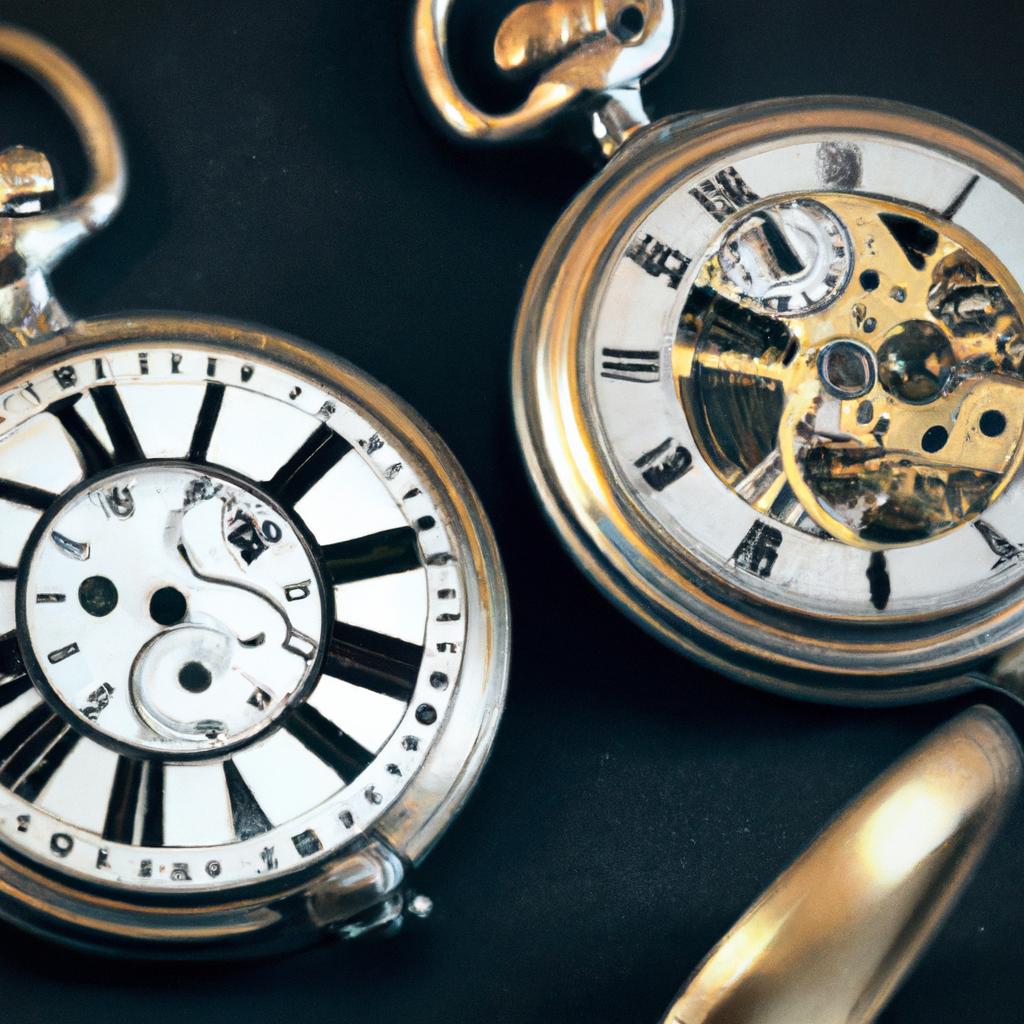
The Journey Through Timepieces: A Historical Overview of Watch Technology
The evolution of watch technology reveals a fascinating tapestry woven from innovation, craftsmanship, and cultural shifts. The journey began in the 15th century with the introduction of the mechanical clock, marking humanity’s quest to measure time with astonishing precision. The subsequent transition to portable timepieces in the 16th century brought about the first pocket watches, crafted with meticulous artistry to cater to the aristocracy. By the 20th century, the emergence of quartz technology revolutionized the industry, allowing for unprecedented accuracy and accessibility. This technological leap enabled watches to become essential tools for not just the elite but also the masses, democratizing the way we can experience and utilize the concept of time.
As the 21st century dawned, we’ve witnessed a fusion of traditional craftsmanship with cutting-edge technology. **Smartwatches** emerged, integrating features such as fitness tracking, notifications, and even contactless payments—all while preserving classic aesthetics. Today, we explore an array of innovations:
- Hybrid Timepieces: Merging analog and digital functionalities.
- 3D Printing: Revolutionizing the design and manufacturing process.
- Eco-Friendly Materials: Promoting sustainability in watch production.
To illustrate this remarkable trajectory, consider the following table showcasing key milestones in watch technology evolution:
| Year | Milestone |
|---|---|
| 15th Century | Invention of the mechanical clock |
| 16th Century | Creation of the first pocket watches |
| 1969 | Launch of the first quartz watch |
| 2010 | Introduction of smartwatches |
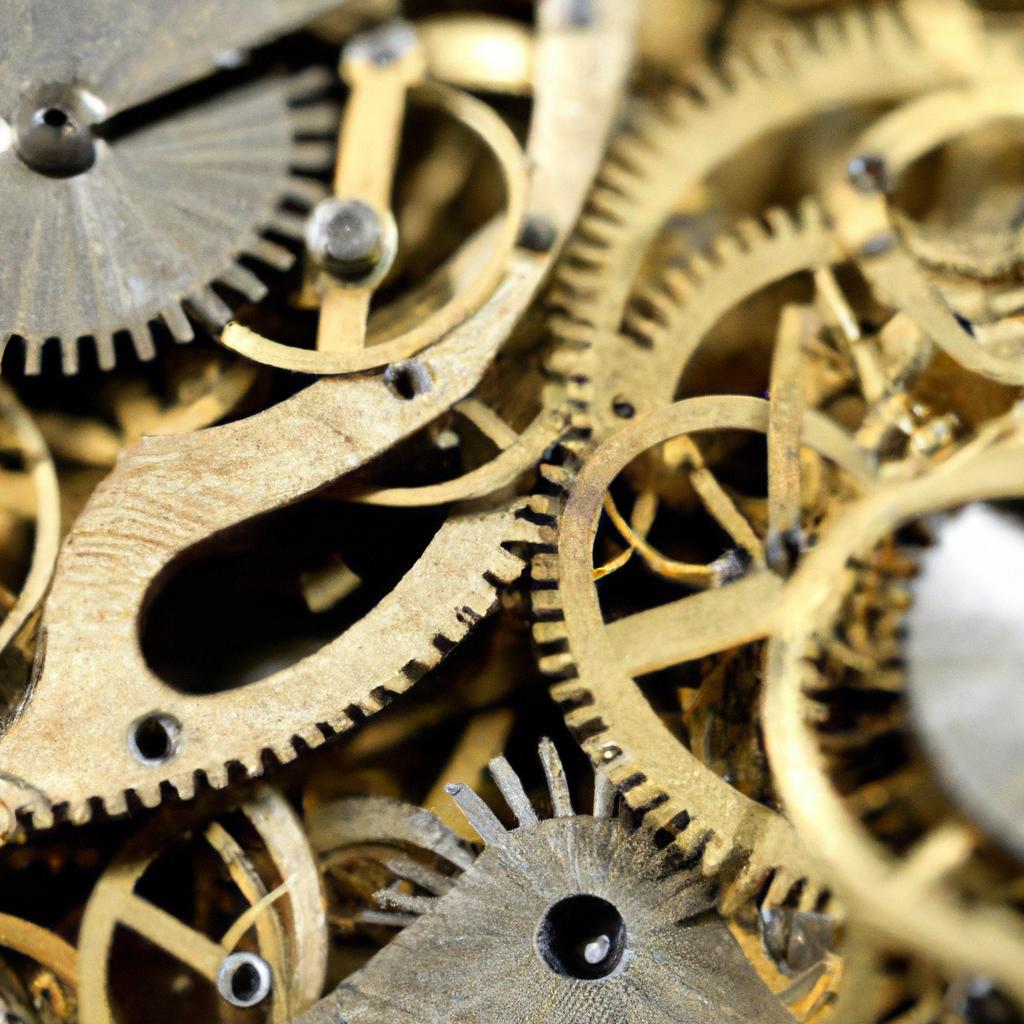
Mechanical Marvels to Quartz Precision: Understanding the Evolution of Timekeeping
The journey from intricate mechanical wonders to the sleek precision of quartz technology showcases humanity’s relentless quest for accuracy in the measurement of time. In the early days, watchmakers poured their artistry into creating mechanical movements, often adorned with exquisite engravings and complicated gears. These masterpieces not only functioned as timepieces but also as symbols of craftsmanship, reflecting the creativity and dedication of their makers. Notable innovations during this era included the invention of the escapement mechanism and the development of the chronograph, both of which enhanced timekeeping reliability and precision.
As the 20th century unfolded, the introduction of quartz movements revolutionized the watch industry. The adoption of quartz technology significantly reduced the number of moving parts, lowering the potential for mechanical failure and improving accuracy to within a fraction of a second. **Key advantages of quartz watches include:**
- Enhanced accuracy over mechanical counterparts
- Lower maintenance requirements
- Affordability and mass production capabilities
| Feature | Mechanical Watches | Quartz Watches |
|---|---|---|
| Accuracy | Varies, typically ±10-20 seconds/day | Usually ±15 seconds/month |
| Maintenance | Frequent service needed | Minimal service required |
| Price Range | Widely variable, can be luxury | Generally more affordable |
The move towards digital displays and smart technology marks yet another leap in the evolution of timekeeping. With innovations like solar-powered movements and connectivity features, the future of watches promises even greater convenience and features, integrating seamlessly with our digital lives while paying homage to the rich heritage of horology.

The Next Frontier: Innovations Shaping the Future of Watch Technology
As we glance towards the horizon of timekeeping, a constellation of innovations is illuminating the path ahead. From cutting-edge smart technology to sustainable practices, the future of watchmaking is reshaping how we interact with and perceive time. **Smartwatches** are no longer mere extensions of our smartphones; they are becoming standalone devices with robust health tracking, communication features, and customizable interfaces. With advancements in materials, brands are pioneering the use of biodegradable plastics and **recycled metals**, pushing the boundaries of sustainable luxury. The integration of Augmented Reality (AR) is also on the rise, allowing users to overlay digital information on their physical environment, fundamentally changing the way we visualize time and notifications.
Table of emerging trends in watch technology:
| Trend | Description |
|---|---|
| Health Monitoring | Watches equipped with sensors to monitor heart rate, stress, and sleep patterns. |
| Solar-Powered Efficiency | Timepieces that harness solar energy for extended battery life. |
| Blockchain Authentication | Using blockchain to verify the provenance and authenticity of luxury watches. |
Moreover, the blending of traditional craftsmanship with modern technology is creating a new genre of hybrid watches that meet diverse consumer needs. Innovations like **modular designs**, where users can swap components to suit their mood or occasion, are gaining traction. Companies are also investing heavily in **machine learning algorithms**, customizing user experiences by predicting preferences over time. The potential for **5G connectivity** equips wearables with the capability to stream real-time data directly to our wrists, enhancing functionality and interactivity. As we continue to explore these technological marvels, it becomes clear that the evolution of timekeeping is not just about telling time—it encapsulates our desire for connectivity, personalization, and ecological awareness in an ever-evolving world.
Closing Remarks
As we conclude our journey through the intricate world of watch technology, from its fascinating origins to the innovative strides shaping its future, we are reminded that timepieces are more than mere instruments for measuring minutes and hours. They are reflections of human ingenuity, creativity, and an insatiable desire to seize and understand time itself. Each tick and tock carries with it centuries of tradition, craftsmanship, and evolving technology, bringing us closer to the dream of seamlessly navigating the past, present, and future.
The horizon of watch technology glimmers with tantalizing possibilities—smartwatches that delve deeper into our lives, sustainable materials reducing our environmental impact, and concepts that flirt with the theoretical realms of time travel. As we stand on the brink of these advancements, it becomes clear that the evolution of watches is an ongoing narrative, one we’ve only begun to explore.
In this age of rapid change, we invite you to remain curious and engaged, questioning how our relationship with timepieces might continue to evolve. Will future innovations revolutionize our daily interactions, allowing us to grasp not just the flow of time, but also to reshape our understanding of it? As we await the unfolding of these technological marvels, it’s essential to appreciate the legacy of watchmaking while embracing the boundless potential that lies ahead. After all, in the dance with time, every moment is a step towards the extraordinary.

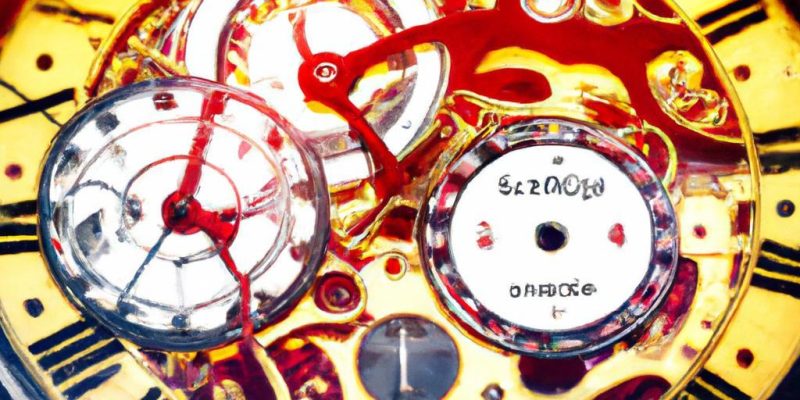













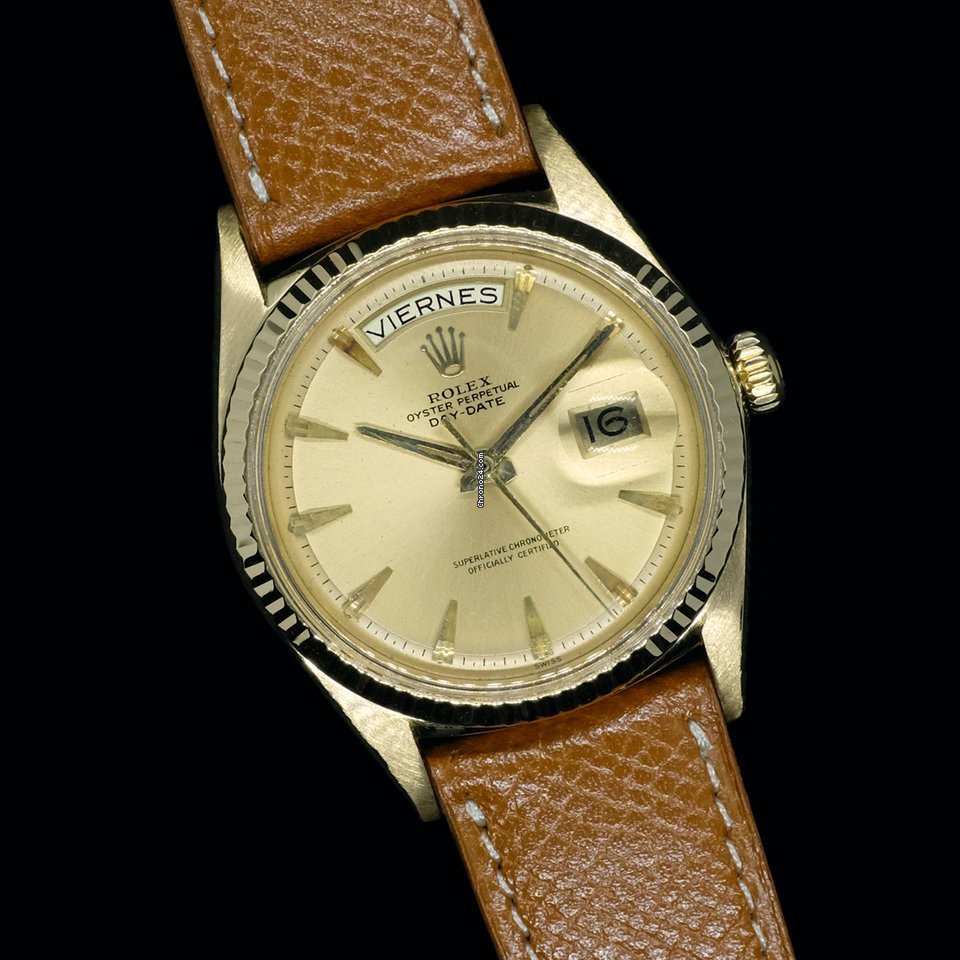

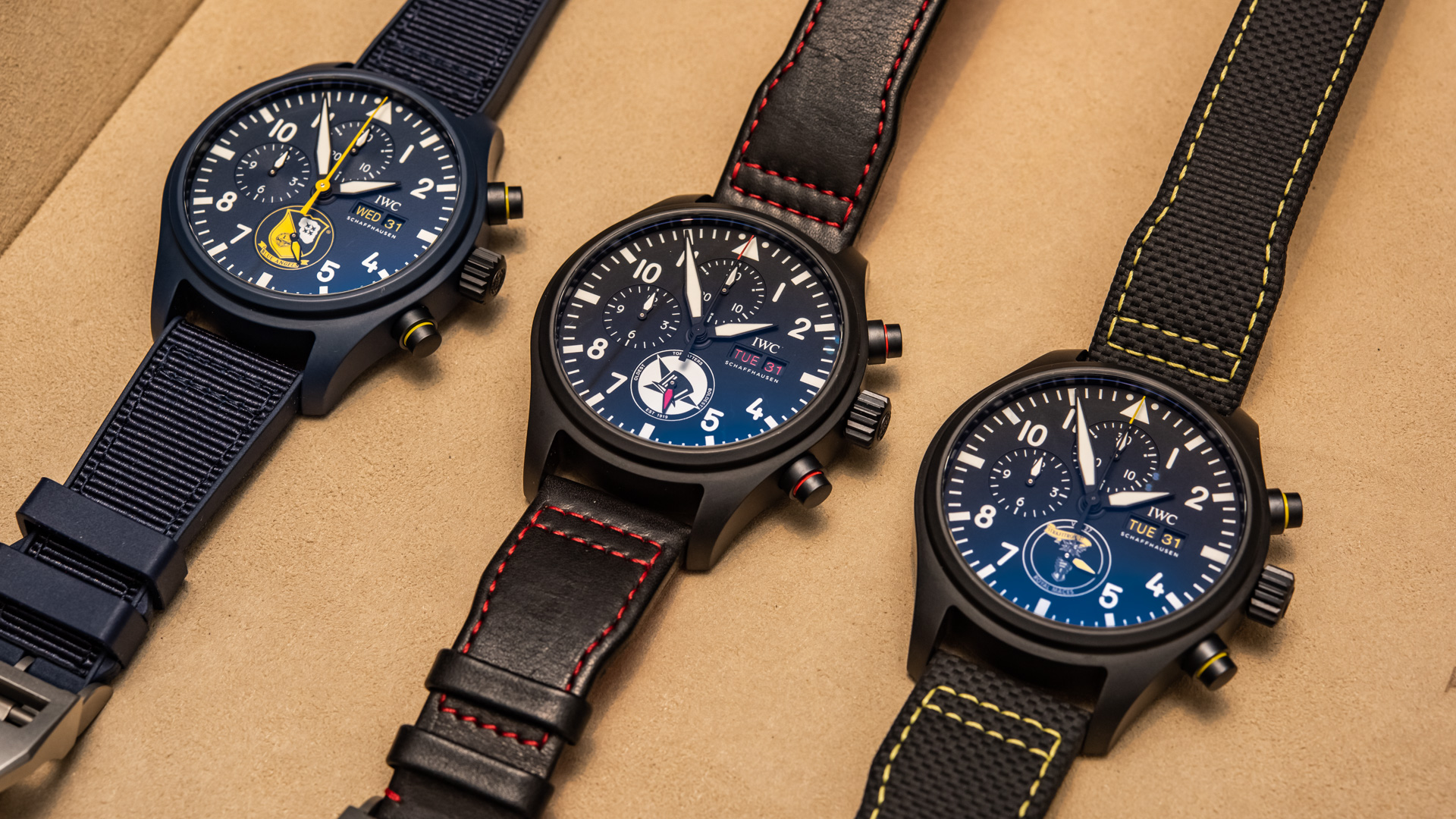
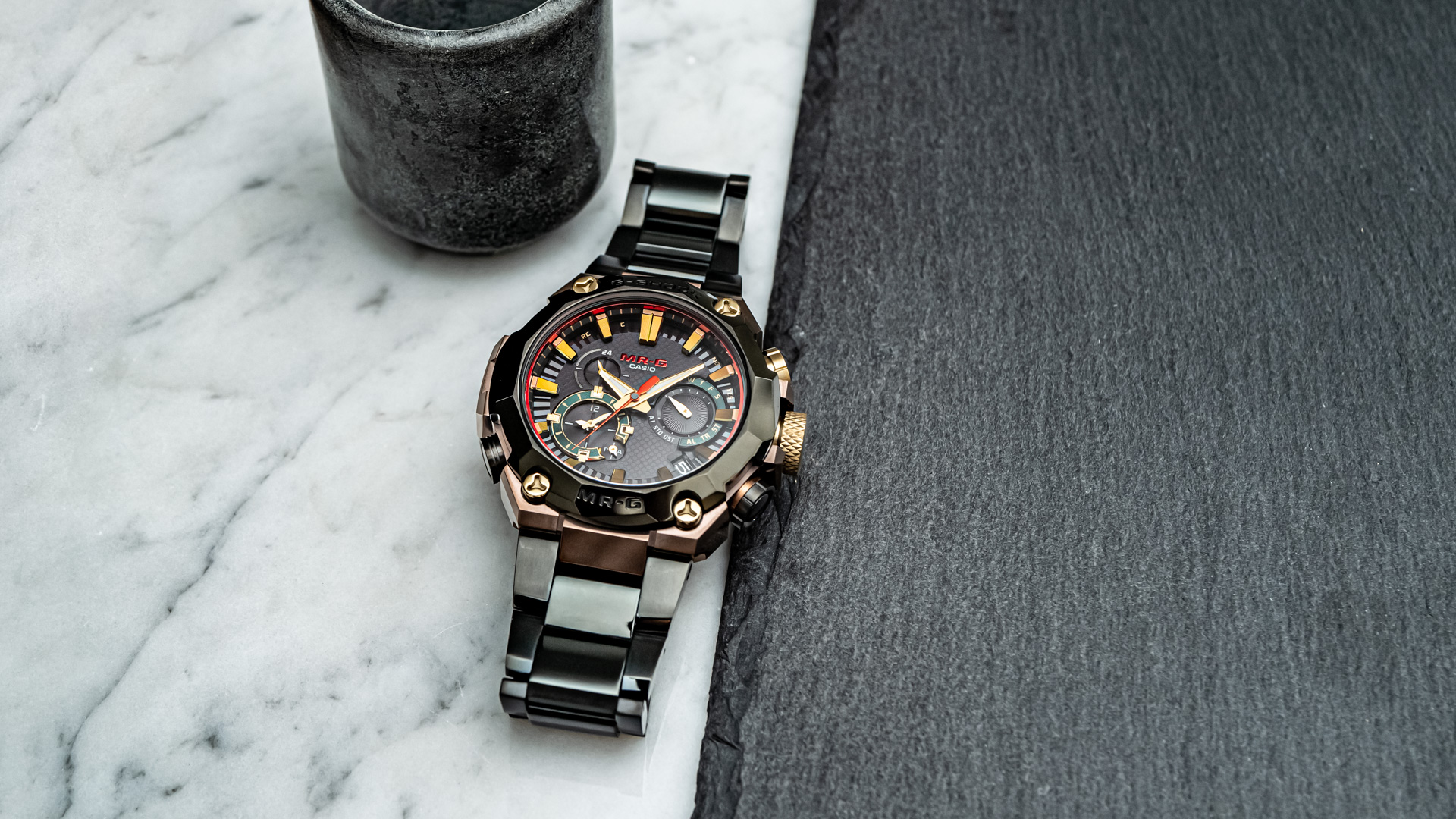


Comments